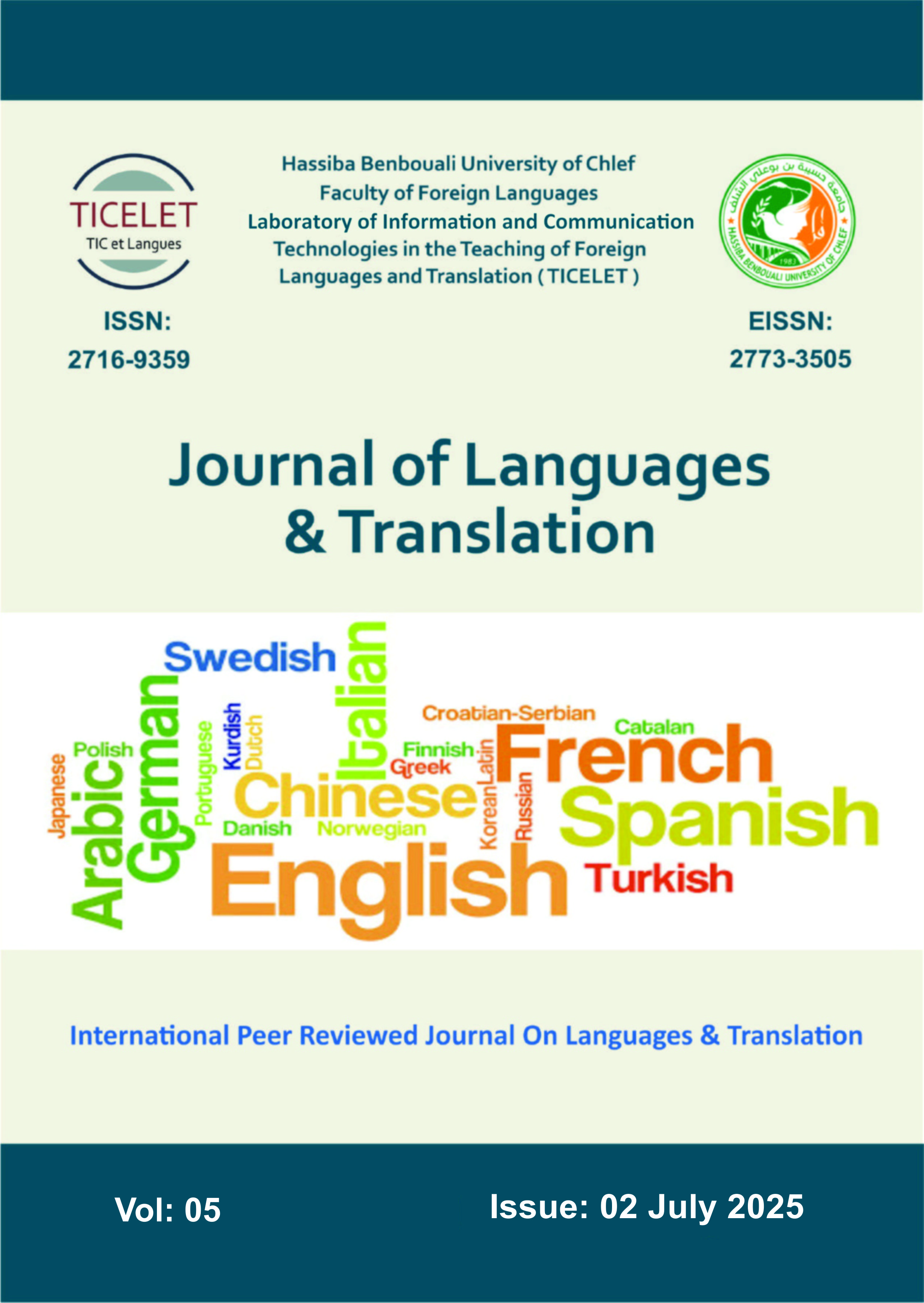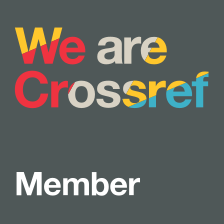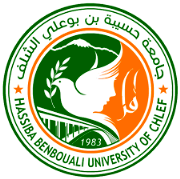Identity Construction and Language in Literature: Leila Aboulela’s The Translator
DOI:
https://doi.org/10.70204/jlt.v5i2.622Keywords:
Aboulela’s The Translator, appropriation strategies, identity construction, immigrants, languageAbstract
This research seeks to shed light on the construction of identities in relation to the choice of language in literature in Leila Aboulela’s novel The Translator. It aims to cast light on the importance of language in constructing characters’ identities that oscillate between two distinct cultures. Hence, from a postcolonial perspective mainly the ideas of Bill Ashcroft, Gareth Griffiths and Helen Tiffin, the research shows that the author succeeds in transmitting Arab and Muslim culture in an English text through appropriation strategies by inserting code switching, glossing, syntactic fusion, translated and untranslated Arabic words and expressions, Quranic citations and Islamic references. Albeit the novel is written in English, it bears the characters’ Arab and Muslim identities. Aboulela’s The Translator exemplifies how appropriation functions as a means of reasserting “Other” identities within the dominant discourse of the former colonial language. In this regard, the choice of language is a marker of identity construction and cultural belonging inasmuch as it conveys the characters’ cultural values and religious orientations. In addition, through the protagonist Sammar, who is a translator, Aboulela translates cultural and religious practices of Arab and Muslim people in diaspora. Sammar, as her name denotes conversation, consolidates both Eastern and Western cultures. This union is reinforced with her marriage to Rae, a Scottish academic who converted to Islam. Thus, Aboulela’s The Translator portrays vividly Arab Muslim people’s situation in both Scotland and Sudan and endeavors to rectify misconceptions about Arabs and Muslims who have been portrayed as the “Other” in Western discourse. Consequently, the novel celebrates cross cultural communication, cultural diversity and mutual understanding in transcultural society.














